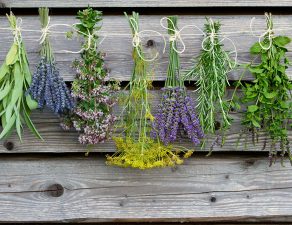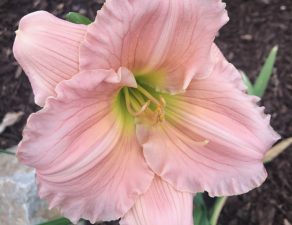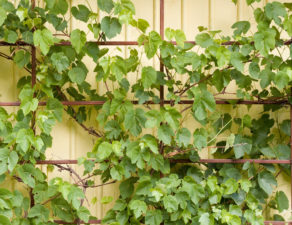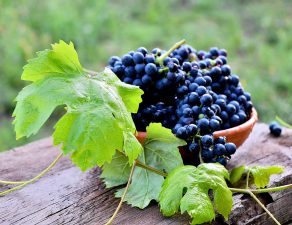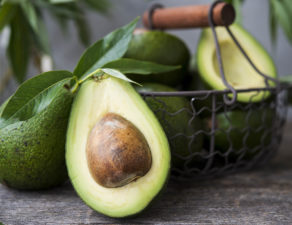
Garlic is one of the most popular flavors in the kitchen, and fortunately it can be very easy to grow at home. Once you get a good patch of garlic started in the garden, it should come back year after year. Follow these steps to grow your own garlic, and you can harvest and enjoy this popular plant at peak freshness.
Prepare the soil. Garlic prefers well-drained soil, which will prevent the bulbs from rotting in the ground. You should adjust to a pH of 6.5 to 7, and keep the bed loose and slightly sandy. Garlic grows well in most soil types except those heavy in clay.
Prepare your bulbs. Garlic grows better after it has endured a chilly period of weather. Since we don’t enjoy much cold weather here in Southern California, storing your garlic bulbs in the refrigerator for a few weeks before planting can simulate this effect.
Plant your bulbs. Garlic can be planted any time of year, although planting in the fall will yield larger bulbs with stronger flavor. Simply separate cloves from larger bulbs, keeping the papery thin covering intact. Place them about four inches deep in the soil, and six inches apart.
Use garlic to repel pests. If you’re planting garlic anyway, you might as well reap full usage from the plants. Aside from adding delicious flavor to your favorite dishes, garlic can repel many common garden pests. Plant the bulbs alongside beets, celery, cabbage, tomatoes, or carrots to reduce common insects that are attracted to those crops. Garlic also makes a great companion plant underneath apple trees!
Place mulch over your planted bulbs. Mulch will discourage weed growth and help to keep plants insulated in the winter. Since our weather is warm here, you won’t need an overly thick layer of mulch.
Water regularly at first. Water your garlic plants every three to five days in the spring, when bulbs are forming. You should stop watering regularly after July to prevent rotting. If Fall is hot and dry, soak the bulbs about every ten days and allow soil to dry completely between waterings to encourage deep root growth. Water occasionally through the winter if rain is sparse.
Fertilize annually. Each spring, spread an inch of compost around the base of your garlic plants. These perennials don’t need fertilizing otherwise.
Harvest your garlic. In late summer or early fall, you will notice that the bottom two leaves of your garlic plants turn yellow and wither. That’s your signal to dig up the larger bulbs, taking care not to tear the paper skin. Store your garlic bulbs at room temperature in a bag or container with plenty of air circulation, and it will keep for months.
Now, just peel away cloves as needed, and enjoy your fresh, homegrown garlic. If you have any questions about installing a garden bed into your existing landscape, give us a call and we’ll be happy to offer our expert advice.

